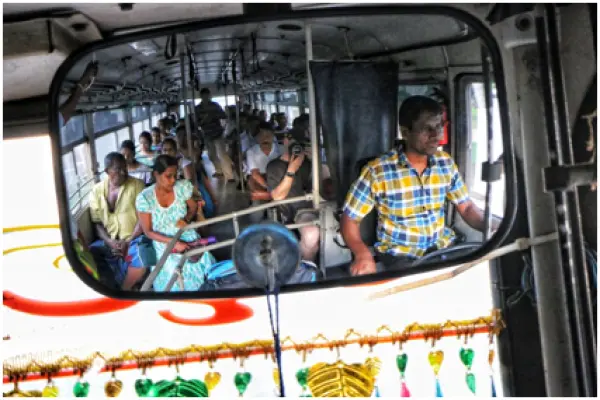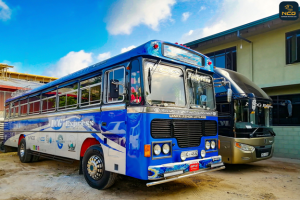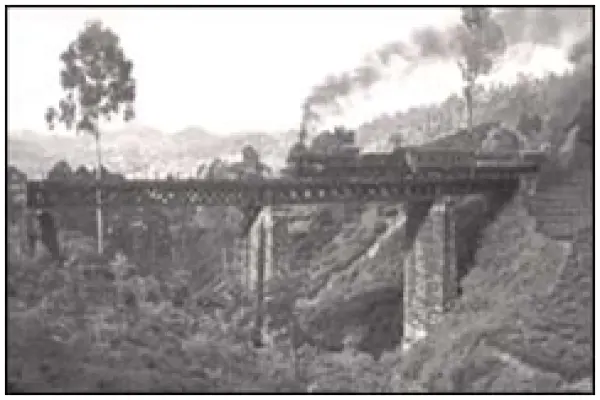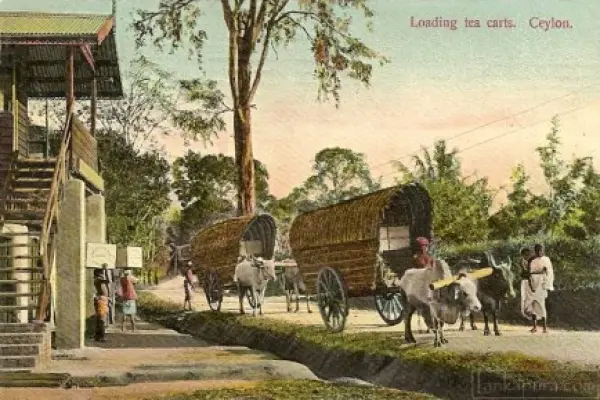Blog Details
10 Oct 2022 Buses: A Brief Introduction to a Vast Transport Network


Bus traveling by a herd of cows in a coastal town (source)
Sri Lankan buses have a long history and are an important part of Sri Lankan life. From the bus conductor shouting out the main stops to the thumping music, the “Sri Lankan bus” is a part of this island nation’s charm.
Since their introduction all the way back in 1907, buses have become a major part of land travel for Sri Lankan citizens and visitors to the island. With the development of expressways, the infrastructure of bus transport has greatly improved, resulting in an expansive bus network connecting cities, rural villages and everything in between.
Since their introduction all the way back in 1907, buses have become a major part of land travel for Sri Lankan citizens and visitors to the island. With the development of expressways, the infrastructure of bus transport has greatly improved, resulting in an expansive bus network connecting cities, rural villages and everything in between.

A CTB bus on a winding road through a tea plantation, CTB buses cover routes that are not taken by private buses. (source)
The introduction of buses as an affordable means of transport ensures that all citizens are given an equal opportunity to travel.
The first bus was introduced to the country in 1907, it ran as a private bus service going from Chilaw to Colombo. Eventually, the number of private buses increased due to demand. The high demand and increased number of buses going on the same route caused a squabble amongst bus owners to get the most number of passengers.
The rising misconduct amongst private bus owners led the government to introduce their own bus service via the CTB (Ceylon Transport Board). The first national bus ride was inaugurated by the then Prime Minister S. W. R. D. Bandaranaike and the Minister for Transports and Works, Maithripala Senanayake.
The History
The first bus was introduced to the country in 1907, it ran as a private bus service going from Chilaw to Colombo. Eventually, the number of private buses increased due to demand. The high demand and increased number of buses going on the same route caused a squabble amongst bus owners to get the most number of passengers.
The rising misconduct amongst private bus owners led the government to introduce their own bus service via the CTB (Ceylon Transport Board). The first national bus ride was inaugurated by the then Prime Minister S. W. R. D. Bandaranaike and the Minister for Transports and Works, Maithripala Senanayake.

Diverse Leyland buses from the South Western Omnibus company, a private bus company that was absorbed by the CTB in 1958 (source)
Mercedes-Benz buses were imported from Germany for the state-run service. The national bus service ran seamlessly from 1958 through to 1978 till its decline and re-privatisation.

A classic Mercedes-Benz CTB bus still running in Kandy today. (source)
In postcolonial times the CTB is referred to as the SLTB, it is actively functioning and serves both urban and rural areas. SLTB buses also cover routes that are not taken by private bus owners/companies, which are mostly rural areas.
Buses are the most common form of public transport in Sri Lanka, it is affordable, quick and there’s a bus for almost any route. The bus route system of Sri Lanka is well developed, especially within urban areas, and commuters can choose from normal buses to super luxury buses depending on their journey.
The workforce and school students rely heavily on the Sri Lankan bus network. Tourists, both local and foreign, also commute via buses. Some bus routes go through scenic areas and in commercial areas like Colombo, landmark locales and tourist spots are only one or two bus stops away. Bus tickets can be bought on the commute or can be booked prior depending on the destination.
Connecting the Country
Buses are the most common form of public transport in Sri Lanka, it is affordable, quick and there’s a bus for almost any route. The bus route system of Sri Lanka is well developed, especially within urban areas, and commuters can choose from normal buses to super luxury buses depending on their journey.
The workforce and school students rely heavily on the Sri Lankan bus network. Tourists, both local and foreign, also commute via buses. Some bus routes go through scenic areas and in commercial areas like Colombo, landmark locales and tourist spots are only one or two bus stops away. Bus tickets can be bought on the commute or can be booked prior depending on the destination.

Local and foreign commuters in a Sri Lankan private bus (source)
The main bus stations/interchanges are usually located within the city center, close to the train station, malls, hotels, and restaurants. Once you exit the bus almost all facilities required for a traveler are available within walking distance.
For long distances with transits, ticket booking is the safer option. Magiya has an extensive record of all bus routes in Sri Lanka and can find the best bus routes, rates and transits for your journey.
For long distances with transits, ticket booking is the safer option. Magiya has an extensive record of all bus routes in Sri Lanka and can find the best bus routes, rates and transits for your journey.
References
https://www.lovesrilanka.org/a-first-timers-guide-to-using-public-transport-in-sri-lanka/
https://steppingoutofbabylon.com/en/2016/03/travel-by-bus-in-sri-lanka-the-challenge/
https://www.roughguides.com/sri-lanka/getting-around/
https://www.visitweligama.com/p/traveling-by-bus-in-sri-lanka.html?m=1
https://www.sltb.lk/history.html
https://steppingoutofbabylon.com/en/2016/03/travel-by-bus-in-sri-lanka-the-challenge/
https://www.roughguides.com/sri-lanka/getting-around/
https://www.visitweligama.com/p/traveling-by-bus-in-sri-lanka.html?m=1
https://www.sltb.lk/history.html


